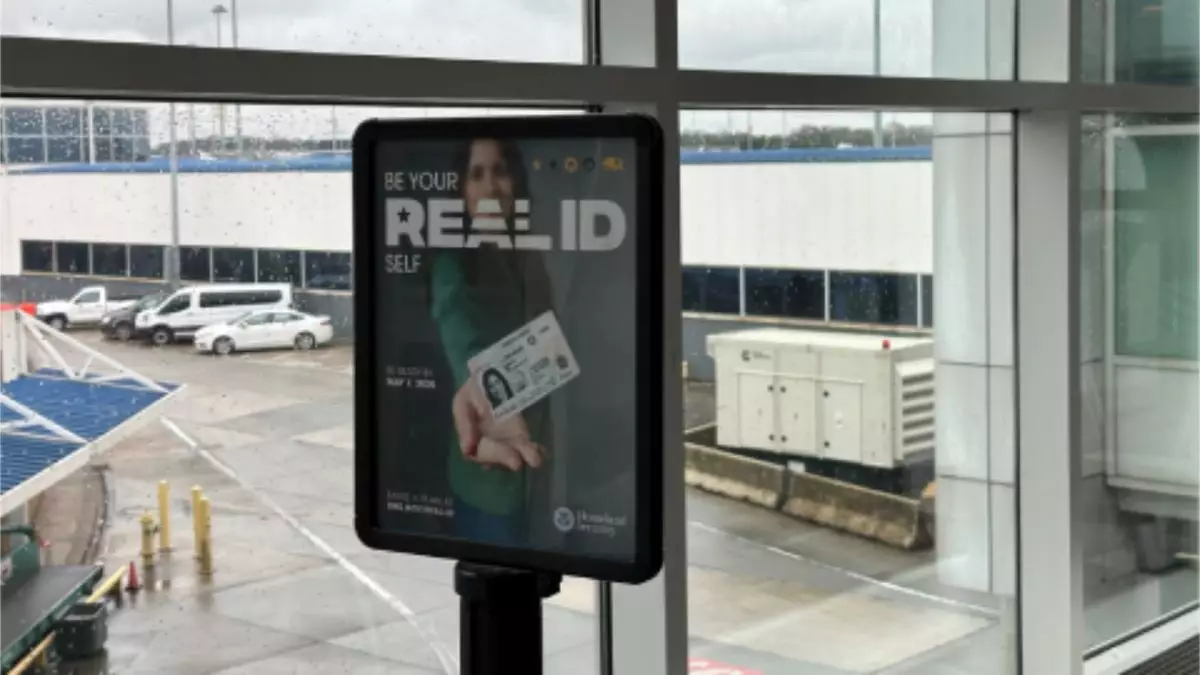The federal government is tightening identification protocols for air travel and entry into federal facilities with the impending rollout of the Real ID policy. Starting May 7, 2025, the Transportation Security Administration (TSA) will allow for the use of Real ID-compliant identification at airport checkpoints. This marks a significant change in how travelers will navigate identification verification, reflecting a longstanding effort to enhance security standards for state-issued IDs across the nation.
While the absolute deadline for full Real ID compliance is not until May 5, 2027, the TSA has indicated that it will adopt a phased approach in enforcing this new regulation. TSA spokesperson Carter Langston noted that there are currently no definitive plans for the sequential rollout; however, the agency is committed to developing a strategy before the initial May 7 date. This pragmatic approach is designed to provide travelers who may not yet possess a Real ID the opportunity to board their flights without undue stress. Nonetheless, as Langston pointed out, travelers should prepare for longer security lines if they do not hold a compliant ID.
The push for Real ID compliance stems from legislation passed by Congress in 2005, intended to establish minimum security standards for state-issued identification. After nearly 20 years of implementation delays, compliance figures are improving, with approximately 56% of state IDs forecasted to meet Real ID requirements by January 2024. This gradual increase reflects state-level efforts to upgrade their ID systems, but it also highlights the ongoing educational efforts required to inform the public about these changes.
TSA Administrator David Pekoske has underscored the necessity for individuals relying on their state-issued licenses as primary identification to verify that these credentials are Real ID-compliant. Public awareness is crucial, as travelers prepare for a smooth transition into the new enforcement timeline. Engaging with various stakeholders—including the public, licensing authorities, and state governments—will play a fundamental role in ensuring that the changes are understood and implemented effectively.
Despite the TSA’s assurances of a phased approach, challenges loom on the horizon. The practical implications of checking Real ID compliance at airports could result in bottlenecks, especially for passengers lacking the requisite identification. Such scenarios could extend wait times at security checkpoints and lead to frustration among travelers. As the TSA pushes for greater preparedness among the flying public, individuals are encouraged to verify their ID compliance ahead of the deadlines to avoid potential delays.
The introduction of the Real ID requirement represents both a significant step forward in national security and an adjustment period for travelers. Effective communication and public education will be essential to navigating this transition. As the TSA prepares to implement these changes, it is crucial for travelers to stay informed and proactive, ensuring they possess the necessary identification to facilitate smooth travel experiences in the coming years.


Leave a Reply